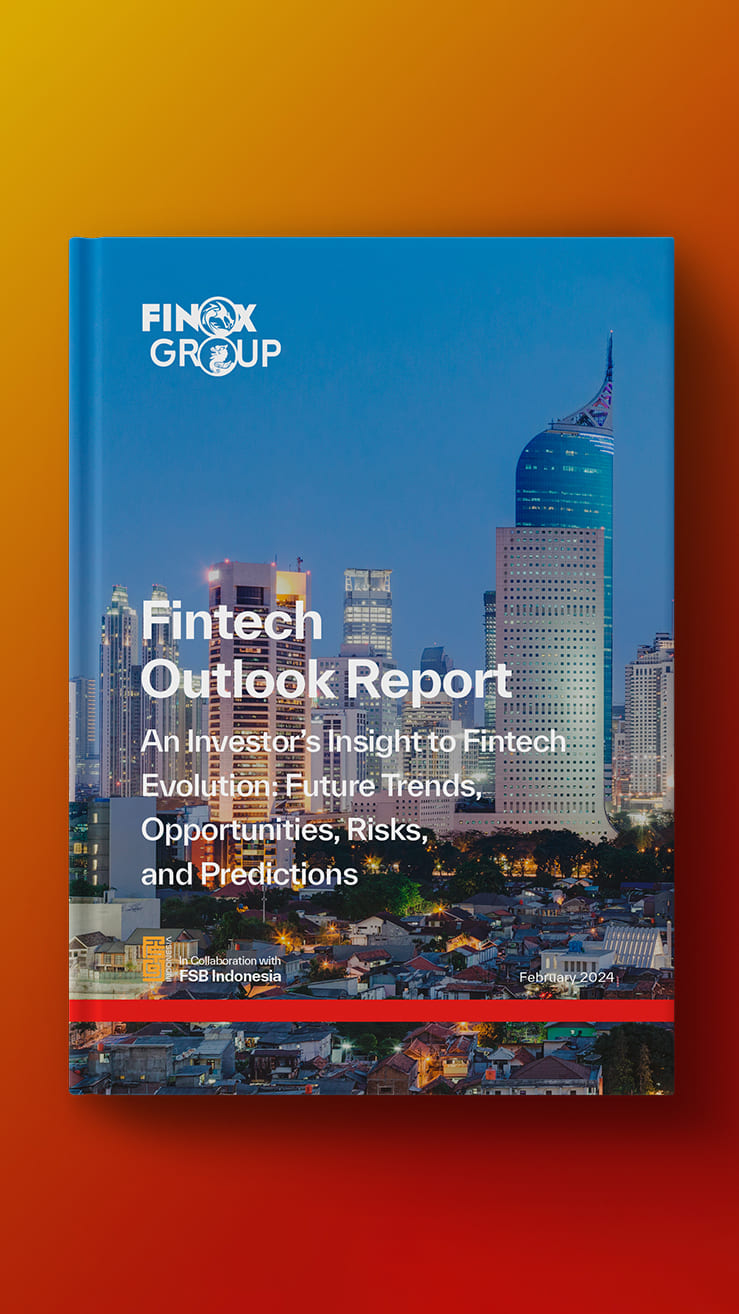
The world is entering a new era of technology and wireless interactions between countries, businesses and investors, irrespective of vast geographic distances. Banks are considering the true potential behind investing in fintech. Fintech not only amplifies the efficiency of the business and profits from investments but also creates a multitude of opportunities to improve personal finance.
With the banks focusing on investing in fintech and creating regulations in the field of bank investment to support fintech, what will be the future of subsidiary business venture capital?
What is a Subsidiary Business?
“Subsidiary” is a term used in the corporate world to describe a business or a company controlled or acquired by a parent company. Subsidiary businesses have limited freedom in management due to the grip on them by the parent company but they also get funds, employees and marketing support from their parent.
What Is Venture Capital?
This is a type of private equity and funding investors provide to small businesses and companies that have the potential for long-term growth. The investor expects a certain amount of equity ( usually a minority stake) from the company it supports.
Venture Capital financing occurs under 05 stages,
- The Seed Stage
- The Startup Stage
- The First Stage
- The Expansion Stage
- The Bridge Stage
In case a venture capital fails, the Venture Capital investors will have to suffer a loss, which usually leads to the business filing for bankruptcy. Involvement of Fintech has the potential to allow banks to filter out the best businesses to invest on and prevent the incur of such losses.
Fintech and Banking; What Does It Promise?
Venture Capital creates a bridge between banks and fintech. Fintech allows banks to expand their reach and get in touch with far more active clients. If banks can get fintech to be a subsidiary, banks will gain access to mounds of information they can equip for credit scoring process and marketing. Banks seek to invest in Fintech mainly because,
- Increase of efficiency and productivity
- Distribution of loans to Macro and Micro segments.
- Increase in financial access.
- Syncing with credit scoring banking in digital banks.
- Accurate analysis of data for estimation of risks of lending loans.
Digital banking is expected to generate nearly $8.646 billion by 2025 with a growth rate of about 3.8% from 2019 to 2025. Investment in fintech has paved the path to improve user experience and also increase the number of clients in banks.
Integration of fintech in banking systems allows banks to store sufficient amounts of data to accurately analyze decisions and make the best profits while also providing the clients with the best deals and services. Overall, banks have managed to improve their service through banking applications for smartphones and other quick and reliable transfer methods. This saves the time of the clients who would have otherwise had to visit the bank for banking services.
Investments made in fintech by banks has allowed them to minimize human made errors related to calculation and collection of data. We are looking at a more evolved and fintech based future in banking.
-Dilshan Rukshana-













